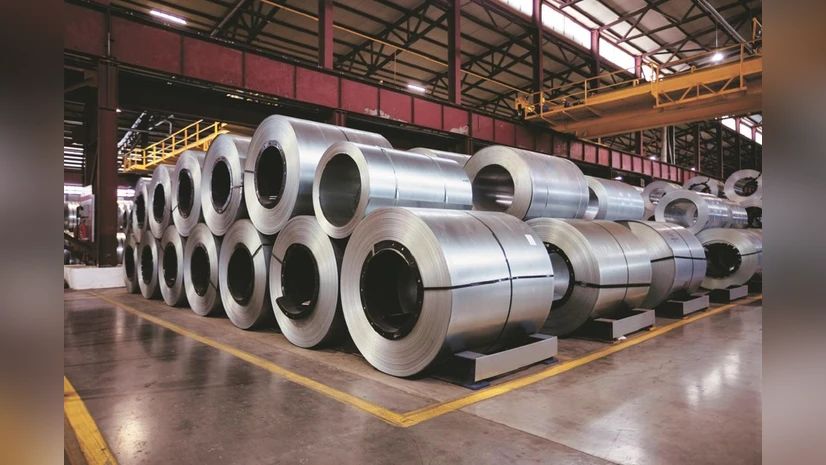 Image Source: Business Standard
Image Source: Business Standard
Key highlights
Tata Steel’s $1.7 billion transformation in Port Talbot, marked by the groundbreaking of a state-of-the-art electric arc furnace (EAF), signals the end of decades of costly crisis management in British steelmaking. With this move, Tata Steel is steering the UK’s largest steelworks into a new era, prioritizing sustainability, operational efficiency, and long-term security for the sector.
From Blast Furnace to Electric Arc: The Shift Explained
Construction is underway on the EAF at Port Talbot, backed by £1.25 billion from Tata and the UK government, with the plant set to be fully operational by 2027. The EAF will process up to 3 million tonnes annually of steel using UK-sourced scrap, targeting a reduction of carbon emissions by a remarkable 90 percent—about 5 million tonnes of CO₂ each year.
The EAF’s flexibility and reliance on electrical, not fossil fuel energy, make it both cleaner and more responsive to shifting steel demand, removing the need for constant operation found in traditional blast furnaces.
Financial, Environmental, and Social Impact
The shift comes after years of financial pressures and production shortfalls linked to aging assets and mounting decarbonization costs at Port Talbot. This investment dramatically reduces energy and maintenance costs, ending an era where Tata and the UK government routinely intervened to keep the plant afloat.
Roughly 5,000 jobs are secured in the green transition, supported by additional funding for staff reskilling and community initiatives. However, the closure of traditional blast furnaces has led to about 2,800 redundancies, reflecting the painful but necessary shift for long-term viability.
Technology and Infrastructure Upgrades
Alongside the EAF, Tata Steel is installing two new metallurgy ladle furnaces, an advanced scrap handling and preheating conveyor system, and a cutting-edge fume treatment plant to clean emissions. Much of the blast furnace infrastructure will be adapted rather than demolished, blending legacy with modern upgrades for operational continuity.
A Green Future for UK Steel
This project transforms Port Talbot into a premier centre for green steelmaking in Europe, slashing national CO₂ emissions by an estimated 1.5% and strengthening UK steel supply for key sectors like automotive and renewables.
Tata’s vision—shared regularly with employees and local communities—emphasizes resilience, innovation, and a people-led green revolution for British industry.
Sources: The Chemical Engineer, UK Government
Advertisement
Advertisement





